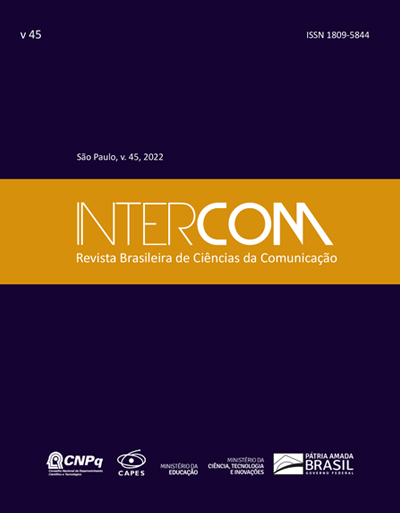Environmental journalism
characteristics and interfaces in a developing field
DOI:
https://doi.org/10.1590/1809-58442022109ptKeywords:
Communication, Environment, Environmental journalism, Media, Environmental journalistAbstract
This article presents a compilation of scholarly perspectives on environmental journalism, especially between 2010 and 2020. We begin from the standpoint and experience of non-Brazilian countries to notice changes that this field of knowledge has been going through in the international context. The goal is not only to reflect about the challenges faced by professionals working in this area, but also the interfaces between environmental journalism and other fields, such as economy and politics, and its characteristics in the current context. To guide our approach, studies by Pezzullo and Cox (2018), Hansen (2019), Takahashi and Meisner (2012), Druschke and McGreavy (2016), Boykoff (2011), Dotson et al. (2012), Willer and Takahashi (2018), Christians et al. (2009), and Williams (2017), among others, helped us construct this reflection.
Published
How to Cite
Issue
Section
License
Copyright (c) 2022 Intercom: Revista Brasileira de Ciências da Comunicação

This work is licensed under a Creative Commons Attribution-NonCommercial 4.0 International License.
Todo o conteúdo do periódico e os artigos publicados pelo Revista Intercom, exceto onde especificado de outra forma, estão licenciados sob a licença Creative Commons Attribution (CC-BY).
Autores de artigos publicados pelo periódico Revista Intercom mantêm os direitos autorais de seus trabalhos, licenciando-os sob a licença Creative Commons Attribution (CC-BY), que permite que os artigos sejam reutilizados e distribuídos sem restrição, desde que o trabalho original seja corretamente citado.


